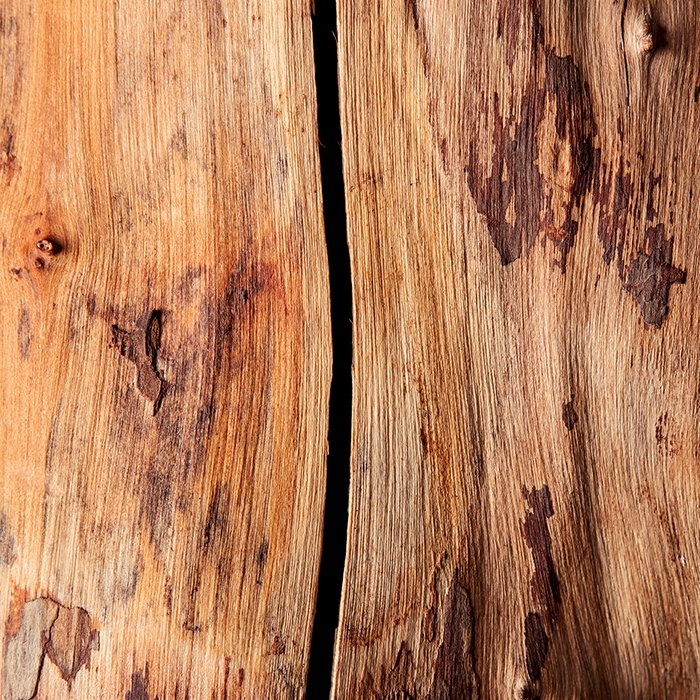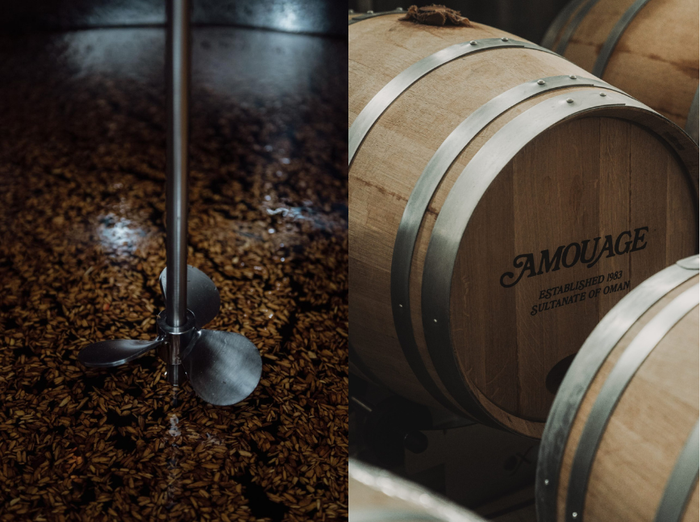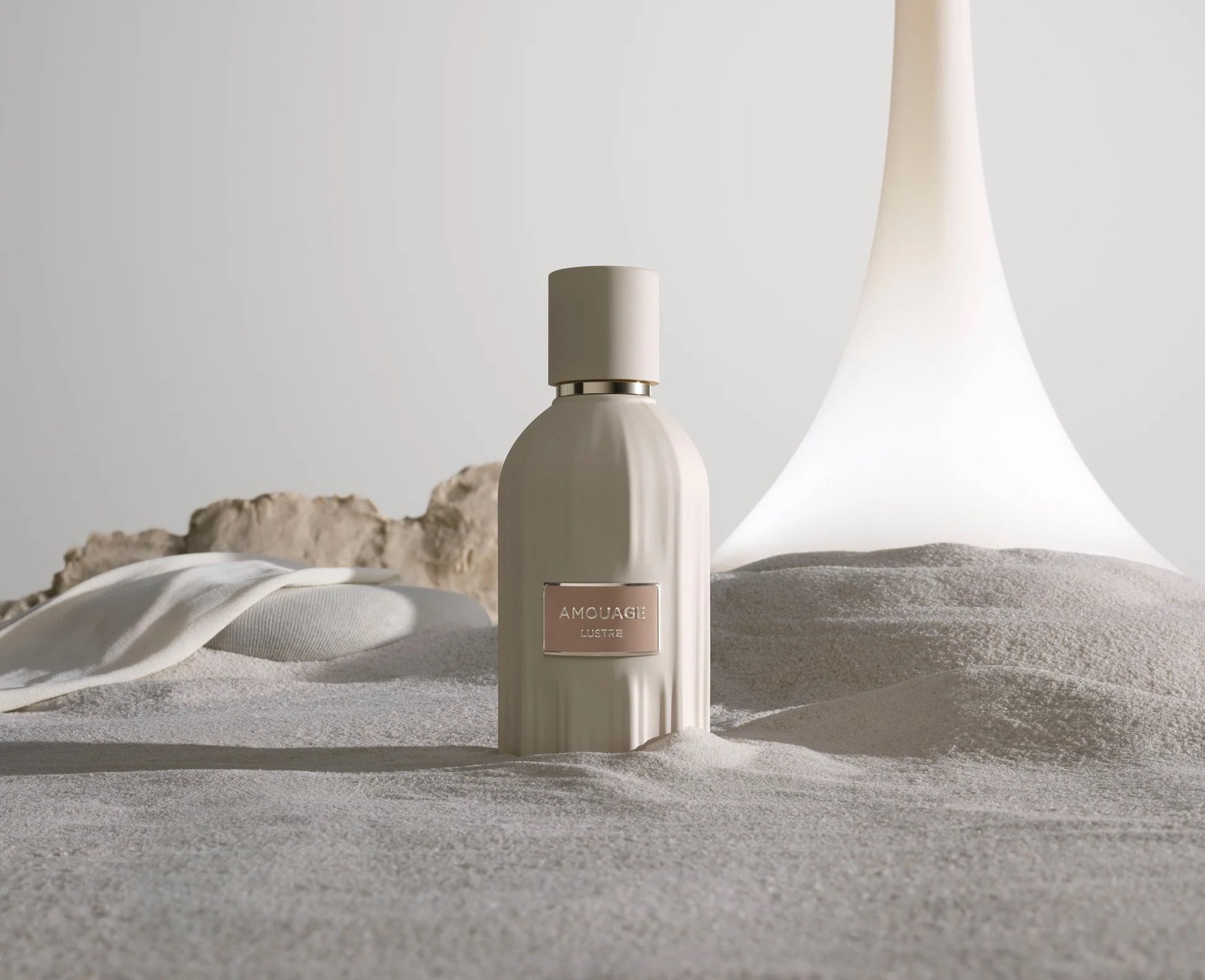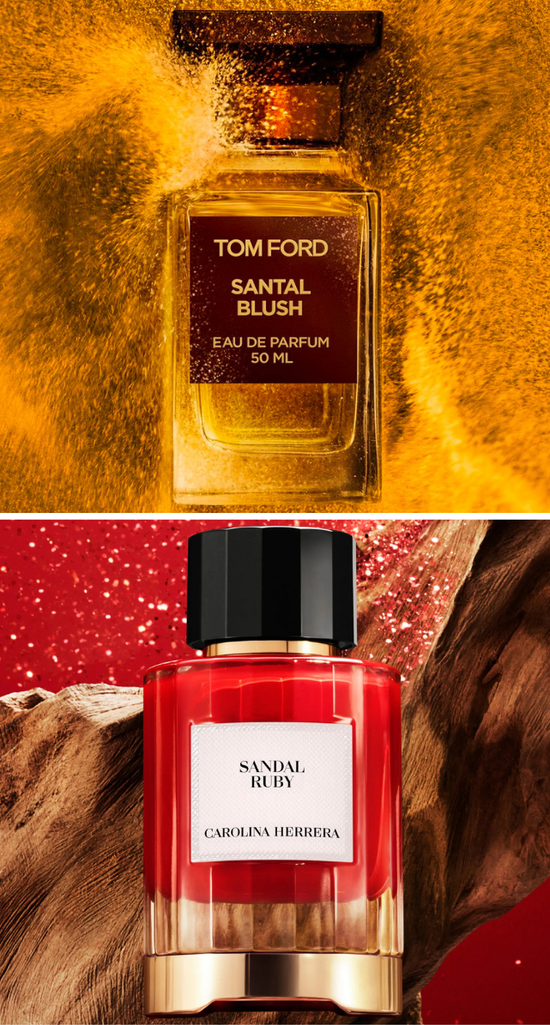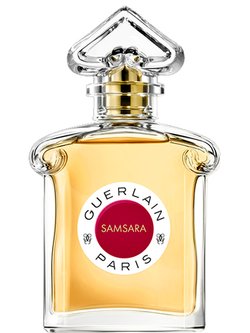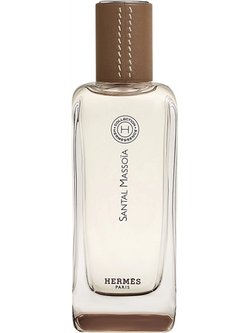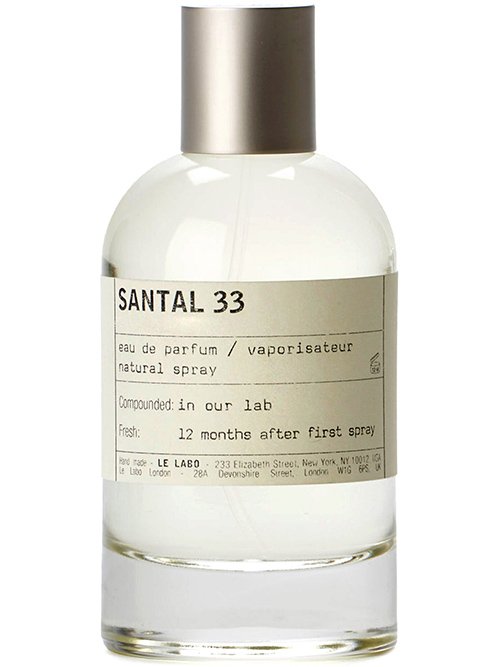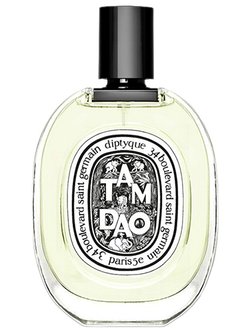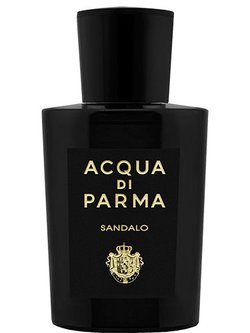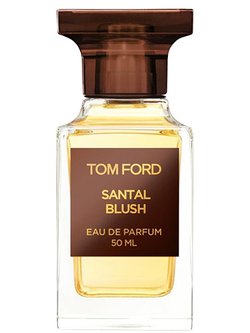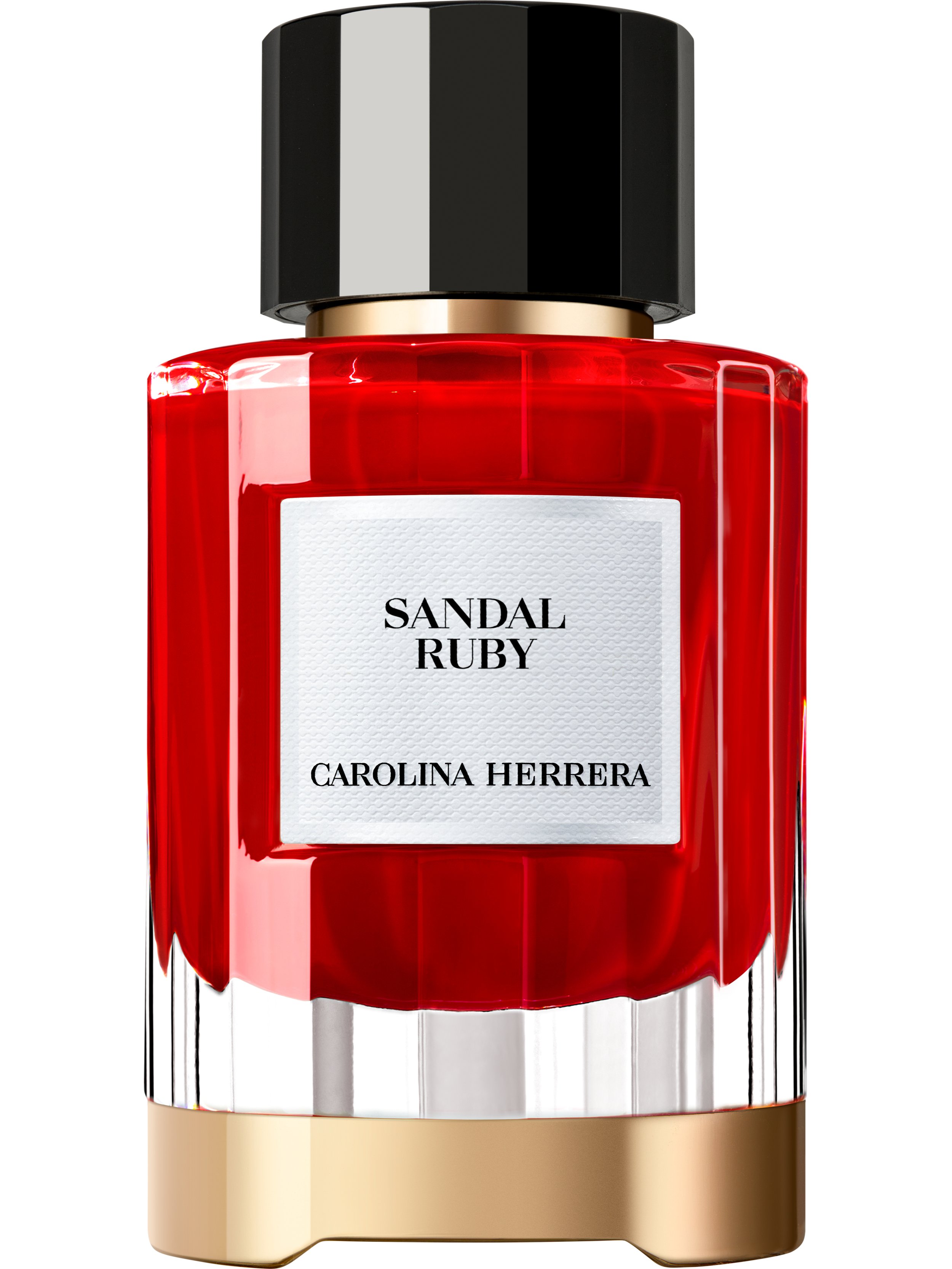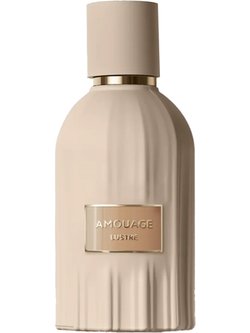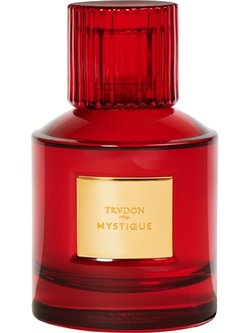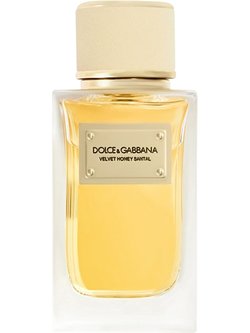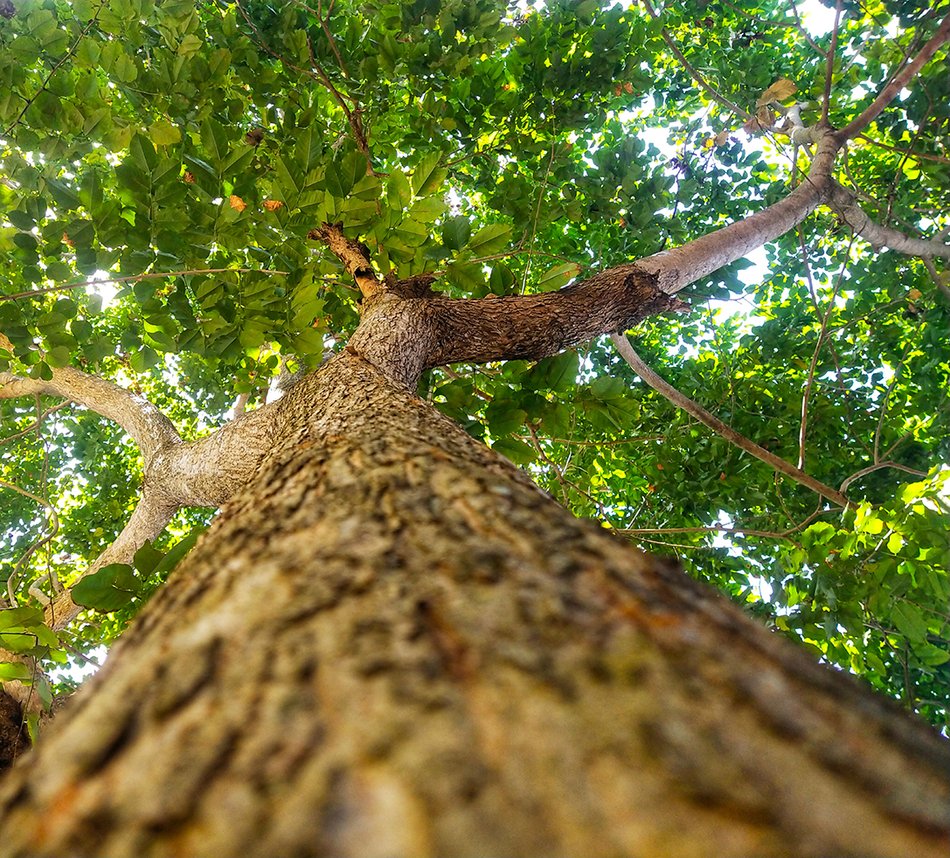
"On the edge of Australia's western desert, sandalwood trees, revered by local communities for centuries, stand under a relentless sun.
When they develop their precious oil, they are cut into fine chips which travel across the globe to Oman, where their transformative power infuses the perfume concentrate. It's a time-sensitive process, but in their own way, these wood chips know how to wait." This is how Amouage describes the slow art of extracting the perfect sandalwood essence.
Creamy, milky (a leading note in the milky notes trend), gentle and comforting, sandalwood now enchants fragrances of every style: from niche and unisex creations to global launches that win hearts everywhere.
